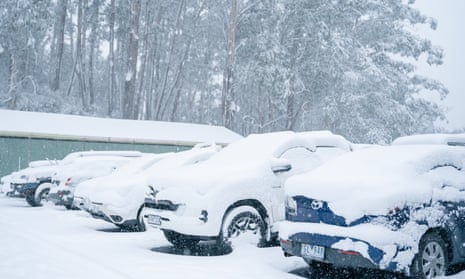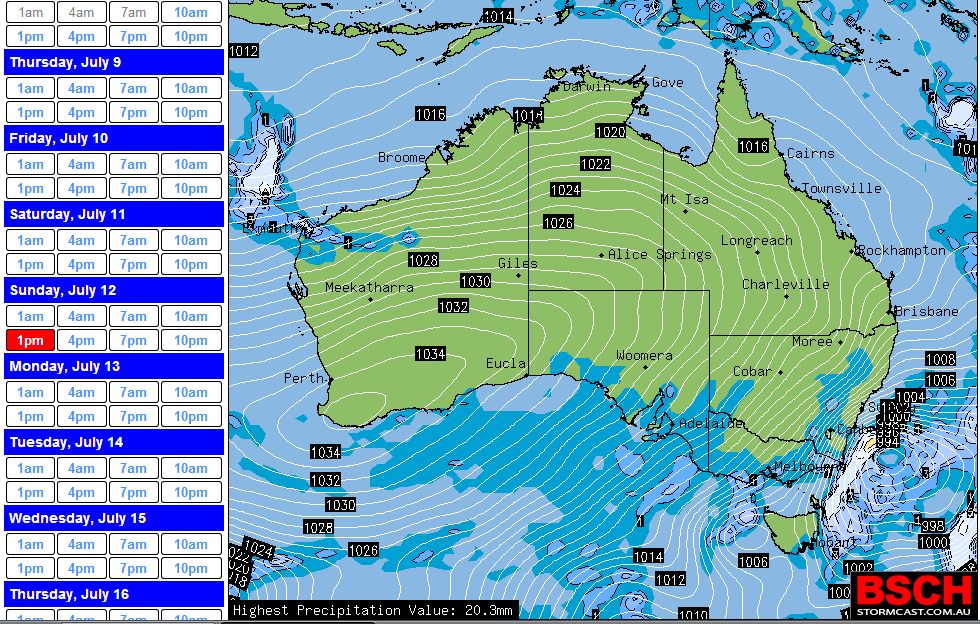Discover the Perfect Seasons of Year to Witness Snow In Australia In Person
Discover the Perfect Seasons of Year to Witness Snow In Australia In Person
Blog Article
Comprehending the Value of Snow in Australia for Farming and Tourism
While Australia is commonly connected with sun-kissed coastlines and arid wilderness, it additionally boasts a riches of snowy alpine areas. As we explore this unusual junction, the prospective impact of shifting environment patterns on Australia's snowfall and its subsequent impacts become an engaging focus.

The Unanticipated Snowfall: Australia's Alpine Regions
When winter cloaks the world, Australia's Alpine regions wear a white mantle of snow, a phenomenon that appears virtually paradoxical in this dominantly sun-baked land. Unlike the stereotypical picture of Australia as a land of beaches and deserts, these regions provide a unusual and gorgeous contrast. The Australian Alps, extending throughout New South Wales, Victoria, and the Australian Resources Region, obtain even more snowfall than Switzerland. This unforeseen winter season paradise offers a special ecosystem, providing a habitat for several native types and a snowy play ground for winter sporting activities fanatics. The annual snowfall, although not as abundant as in some nations, is a crucial element of Australia's climate diversity and plays a substantial function in the nation's farming techniques and tourism industry.
Winter months's Bounty: Snow's Contribution to Australia's Water Resources
Despite its rarity in the broader landscape of Australia, snow in the Towering regions plays a crucial function in the country's water sources. Working as an all-natural tank, the snowpack shops water throughout the chilly months, slowly launching it into rivers and dams as it thaws in warmer periods. This procedure makes sure a steady supply of water, helping in the stablizing of the country's water cycle. This is particularly vital for Australia, a continent frequently pestered by dry spells. Additionally, the snowmelt feeds right into the Murray-Darling Container, a lifeline for many neighborhoods in the southeastern components of the country. Without the bounty of winter season snow, Australia's water resources would be dramatically strained, impacting both the populace and the atmosphere.
White Blanket, Green Fields: The Impact of Snow on Australian Farming
Although less visible, the influence of snow on Australian agriculture is significant. Snowfall in the high nation functions as an all-natural type of irrigation, slowly melting and offering a constant water supply to lower-lying farmland. This water-rich environment cultivates the development of durable plants, adding to the nation's farming efficiency. Snowfall enhances soil wellness by introducing wetness and trapping nutrients, which are gradually launched as the snow thaws. This procedure enriches the dirt, cultivating the growth of healthier, much more durable crops. Additionally, snow cover functions as a safety covering, protecting the ground against extreme winter months temperatures that can or else harm crops. Hence, the duty of snow in Australian agriculture is both diverse and essential.

Money: Snow Tourism and Its Economic Significance in Australia
While the worth of snow to Australian farming is usually underestimated, its contribution to the nation's tourism field is undeniably substantial. The snow-laden optimals of Australia's towering regions bring in a flurry his response of vacationers every wintertime, contributing millions to the national economy. These visitors take part in a variety of snow-based tasks, from snowboarding and snowboarding to snowshoeing and sledging. The flourishing snow tourism market has brought about the production of various jobs, from ski teachers to resort team, boosting local economic situations in the procedure. The profits generated from snow tourist helps fund various facilities projects and necessary services in these areas. Hence, the financial importance of snow tourist in Australia extends much past the slopes.
Future Forecast: Environment Modification and Its Prospective Results on Australia's Snowfall
As news the globe grapples with the truth of environment adjustment, so as well needs to Australia ponder its potential effects on the country's snowfall. Current clinical models predict a reduction in Australian snowfall, with possibly extreme influence on both farming and tourism. In some areas, the snow season might be reduced by approximately 80 days by 2050. Such changes intimidate the viability of Australia's ski industry, which contributes considerably to the regional recommended you read economic situation. Much less snowfall might likewise influence the nation's farming market, as snowmelt plays a vital duty in watering plants. The prospective impacts of these changes underline the urgency of climate adjustment mitigation efforts, both in Australia and globally.
Final Thought
In final thought, snow is a pivotal aspect of Australia's agricultural and tourist sectors. The impending threat of climate modification raises worries about the future of Australia's snowfall patterns, potentially interfering with these substantial financial sectors.

When wintertime capes the world, Australia's Towering regions don a white mantle of snow, a phenomenon that appears practically paradoxical in this dominantly sun-baked land.Regardless of its rarity in the broader landscape of Australia, snow in the Alpine areas plays an important role in the nation's water sources. Without the bounty of winter snow, Australia's water resources would certainly be significantly strained, impacting both the setting and the population.
Thus, the economic importance of snow tourism in Australia extends far past the inclines.
In verdict, snow is a critical element of Australia's farming and tourist sectors. Does Australia Get Snow.
Report this page